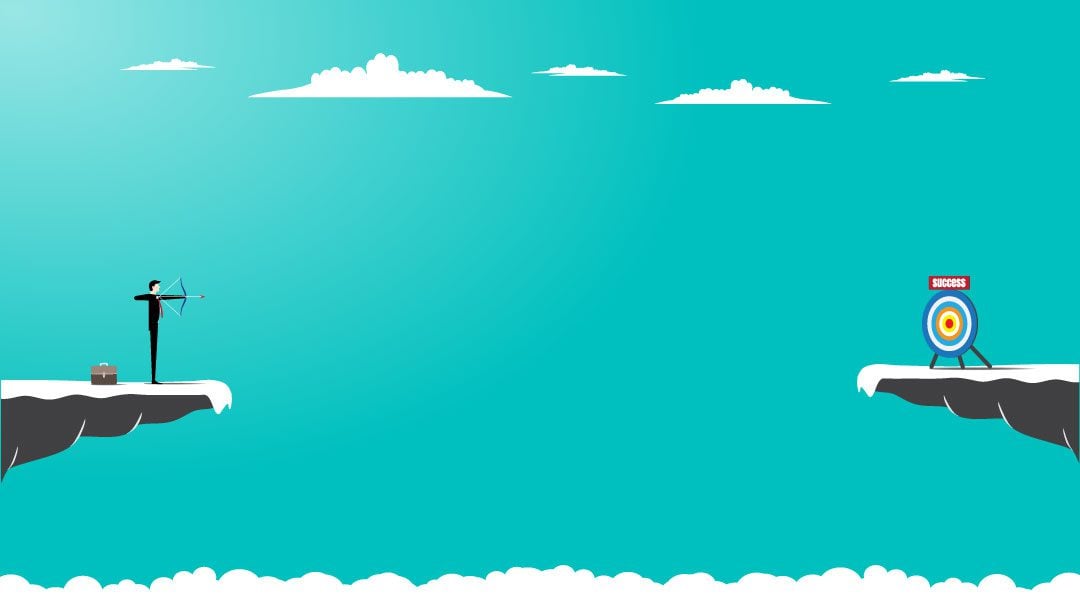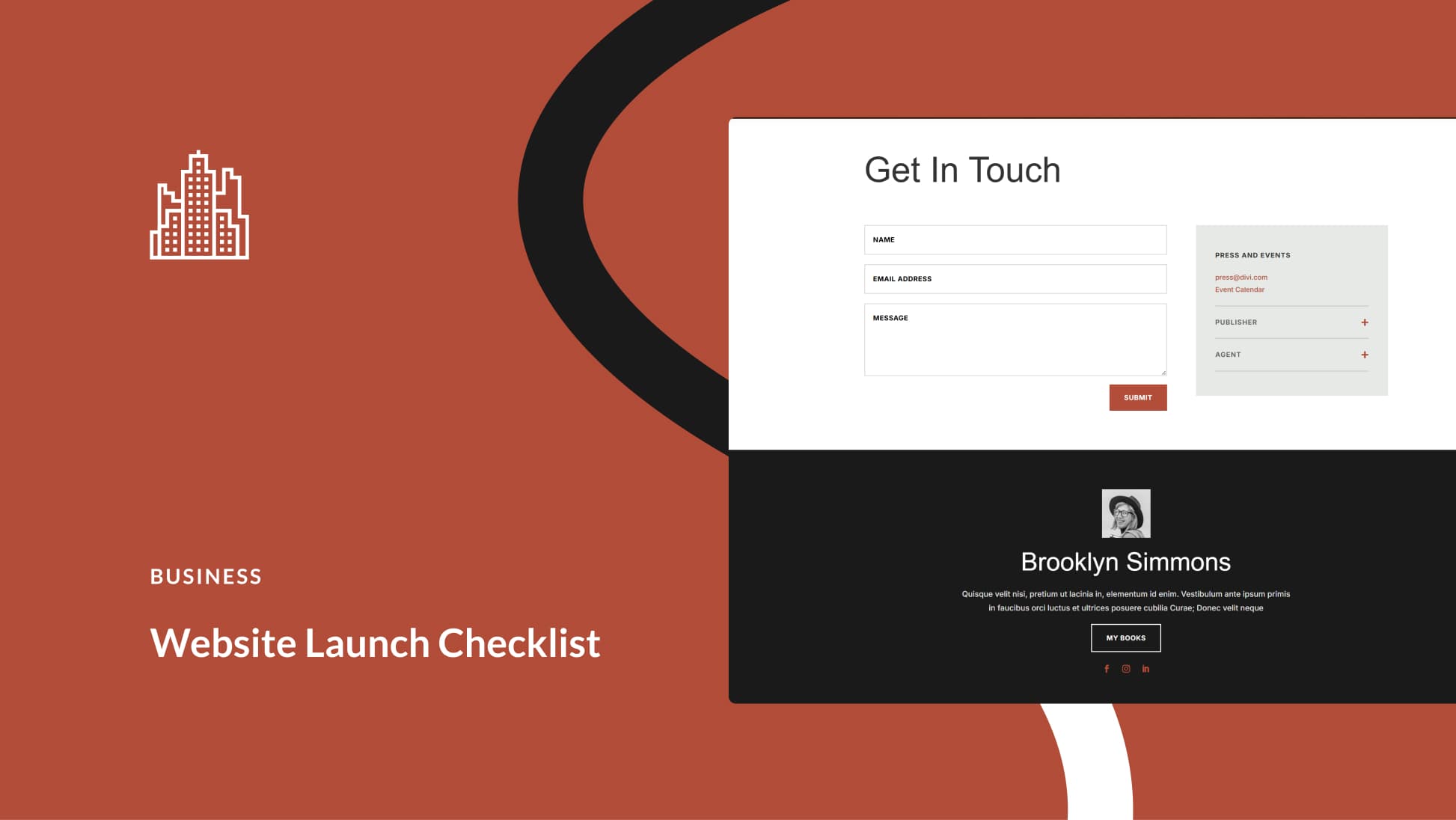Hot coffee and cold water are within reach, your headphones are playing a calming soundtrack and you have four hours to be hyper-focused on a looming deadline. Then your phone lights up – it’s a Slack notification, so you better check it. You notice a few other notifications on your phone, including an email response you’ve been waiting for. If you don’t read it now, you’ll wonder what it says. Since you’re already in your email, you take a few minutes to clear out the other messages that have come through in the last hour. You feel like you’re accomplishing something, but all these types distractions can (and often do) stand in the way of actually staying focused on what counts while at work.
If you’re not careful, you can spend your entire day flitting from one surface-level task to another. In this post we’ll run through eleven tips you can implement to help you stay focused at work.
- 1 1. Design a supportive work environment
- 2 2. Discover your custom warm-up routines
- 3 3. List your most important tasks
- 4 4. Visualize the end result if you can master how to stay focused at work
- 5 5. Create a non-traditional schedule
- 6 6. Designate times for how to stay focused at work vs. admin and communication
- 7 7. Write down non-essentials that come into your head
- 8 8. Train your “how to stay focused at work” muscle
- 9 9. Find new ways to be invested in your work
- 10 10. Schedule time off
- 11 11. Get rid of the guilt
- 12 Final Thoughts on How to Stay Focused at Work
1. Design a supportive work environment
What do you need in your workspace so you won’t have to get up a bunch throughout the day? And similarly, what should you get rid of so you’re not distracted? This goes for your computer desktop, too. Here are a few basic examples:
- Put pens, scrap paper and sticky notes in the drawer closest to you
- Stash your pile of paperwork behind you so it’s out of sight
- Organize the icons on your desktop ¬so you can find what you need
Your work environment should support your focus. Keep what you need nearby and get rid of anything that pulls your focus (your phone, an unnecessary second monitor) or causes anxiety (clutter, blinding sunlight).
2. Discover your custom warm-up routines
What do you need to prepare for the workday? An hour at the gym? Three chapters of a self-development book? Five minutes of meditation? Breakfast at the diner so you won’t be distracted by hunger pains?
Your morning routine doesn’t have to be complicated – enough with those “Do These 25 Things Before Your Day Starts” listicles. Nobody has time for that! Choose two or three things that help you feel centered. These are your cornerstone habits; they lead into everything else you have to do to get going, like shower, make coffee, commute to work, etc.
You may need warm-up routines for different portions of your day. For example, a midday cup of coffee and reading an industry-related article may help you get back into work mode after lunch. Once you’ve wrapped up for the day, a yoga class or your favorite podcast may signal your brain that it’s time to unwind.
3. List your most important tasks
Instead of setting yourself up for failure, assume that you’re not going to finish everything on your list for the day. If you do, that’s great. But if you don’t, you won’t spend your evening berating yourself. Write down the three most important things you need to get done so the day feels like a winner. Then, determine how those three tasks may work together. Does one need to be finished before you start the other two? Can two of them be done simultaneously? Is there a frog to eat? Eating the frog is a term coined by Mark Twain that’s a popular productivity method – by getting your biggest, ugliest task over with first, it’ll be off your mind and everything else will feel easy.
4. Visualize the end result if you can master how to stay focused at work
No matter how perfectly you design your day to support your focus, there are going to be some tasks you don’t want to do. When you’re paralyzed and don’t want to get started, think about the end result. What will improve if you finish the task? What are the consequences for not finishing? Either work toward pleasure (I can submit this invoice and finally get paid) or avoid pain (this horrible project will be over with and I’ll never have to think of it again).
5. Create a non-traditional schedule
Creating an alternative schedule can put you to work when everyone else is on a break. You’ll get fewer calls, emails and messages than if you worked during traditional work hours. Also, since nobody expects you to be working, you have permission to ignore any messages that come through. Giving up part of your weekend to work isn’t ideal, but if you can power through a project faster because you’re more focused, it’s worth it.
Part of creating the schedule that works for you is not getting swept up in the productivity techniques that are the most popular. For example, the Pomodoro technique is beloved by many, but you may find that breaking every 25 minutes is distracting, not energizing. There a case for 52 minutes of work followed by 17 minutes of non-screen time, which you can follow to a T or change to 60 minutes of work and a 15-minute break. The point is to find what will work for you today and for the project at hand without bending to the whim of a trend.
6. Designate times for how to stay focused at work vs. admin and communication
I can’t tell you where I first heard this, but it’s brilliant: the phone is there for your convenience, not the caller’s. It’s a reminder that communication methods should be a help, not a hindrance.
Set aside time that you’ll dedicate to admin and communication, and during those times, don’t bother trying to focus on anything else. Pair those time slots up with when people will naturally reach out – first thing in the morning, after lunch and before leaving for the day. Checking notifications three times a day is plenty.
Also, pay attention to what happens right before you get distracted. Do great ideas for articles pop into your head around 11 a.m. every day? Are you always pulled into a Hangouts conversation with a team member around 3 p.m.? Schedule those in now so you know to not be deep into a project.
Let people know what to expect – add your availability to your email signature and website, and set yourself as “away” on messaging tools. When it’s time to focus, sign out of email and put your phone on silent. Everyone will survive if you’re unreachable for a few hours, especially if you emerge having made headway on an important project.
7. Write down non-essentials that come into your head
Even if you know how to stay focused at work, important stray thoughts will pop into your mind. If it’s not in line with what you’re currently working on, write it down and put it aside – you won’t lose the thought, but you won’t switch your focus, either. Keep a running list of everything that pops into your head, then set aside 10 minutes at the end of every day to sort through it. Add reminders or calendar items to your phone, add creative work ideas to a Google Doc and jot down “to buy” ingredients in your Notes app.
8. Train your “how to stay focused at work” muscle
You know how your mind can drift when you’re reading or listening to a podcast? Three pages or 15 minutes go by and you realize, “I have no idea what’s happening. I’m completely lost.” Make a deal with yourself – you’ll only reread or rewind once. If you still zone out, you have to live with missing what could be vital information.
This sounds like punishment, but think of it as training instead. Knowing there are consequences for zoning out will make you focus more in the future. You’ll remember to stay in-the-moment with whatever you’re doing because if not, you could miss something.
Meditation works in a similar way. Set a timer for five minutes. If you let your head zip around to everything that’s worrying you, those five minutes will pass anyway. You can’t get them back and you wasted time that could have been spent relaxing. Knowing the consequences – you’re still anxious and not at all refreshed – will keep you from doing it again.
9. Find new ways to be invested in your work
There’s something enjoyable in every task – find it, focus on it and work for that thing. Maybe it’s something that’s tied to the job. For example, if you finish a project, you’ll have a new, fresh sample for your portfolio or you’ll impress your boss and position yourself for a raise. It may be something not-so-work-related, though. Maybe you save a certain Spotify playist for working on that one project that feels tedious.
There may be more that you can get out of your job that you haven’t tried yet, too. Befriend a coworker or industry connection that sparks friendly competition. Talk to your boss or team about letting more of your personality or creativity shine through. You may get shot down (in which case, it could be time to consider another job), or you could find a new way to love your job.
10. Schedule time off
You need to rest. Depending on the nature of your work, a typical eight-hour day can feel way too long and taxing. Time off is part of being productive, especially because you’ll avoid burnout.
We all have energy and rest rhythms; days or weeks when we’re hyper-focused, times when we prefer professional socializing or mechanical admin, and times when we need to take a break. If you can honor those rhythms, your work will improve.
Track your moods and performance for a few weeks (I use Daylio for this). You’ll discover trends that can help you predict when you naturally need a break. You’ll also forecast the days and weeks when you’re so raring to go that you can power through hours of focused work without breaking a sweat.
11. Get rid of the guilt
Are you a person who procrastinates, or are you someone who works best under pressure? Do you take too much time off, or are you highly in tune with how much rest you need so you can work hard once you’re back? Finding your way to the best, most productive focus is personal, and those qualities that you feel guilty about may just be your unique way of doing things.
Very few days will be perfect. If you’ve used your time wisely, you’re not a failure for having an imperfect day; you’re a human living in the real world. Let go of the guilt, learn from any mistakes you made and then get some sleep so you can try again tomorrow.
Final Thoughts on How to Stay Focused at Work
Productivity methods are kind of like diets – they all work, technically, but only if you do them. And you can only do them if they’re right for you. The exact schedule you choose isn’t nearly as important as the bigger picture. By creating an atmosphere around work that supports you – your needs, comfort, priorities, goals, values and energy – you’ll find it easier to work out the details.
Focus is mostly about setting boundaries, both with yourself and with others. Find out what you need to show up in the most clear-headed way possible. Focusing now will improve your communication later. You’ll have concentrated time for every task on your list, and you’ll perform better overall.
When it’s time to answer those emails and messages, our article on how to respond instead of react will help you keep your cool and save your job.
Featured Image via pichit / shutterstock.com









I think one of the keys is 3) To define your key tasks. You need to map out a structure and then try to keep to the important tasks in that structure. The working environment has morphed quite considerably over the past 20 years and there are now constant disctractions from a whole range of new sources. I expect it will only get worse in the next 20 years. Thanks for the good advice.
This is a very helpful post. Being productive at work is sooo hard and these tips seem easy enough to implement. Will get to work at trying them out. Thanks!!
This post is very helpful. I agree that communication methods should be a help, not a hindrance. Most of the times they kill productivity.